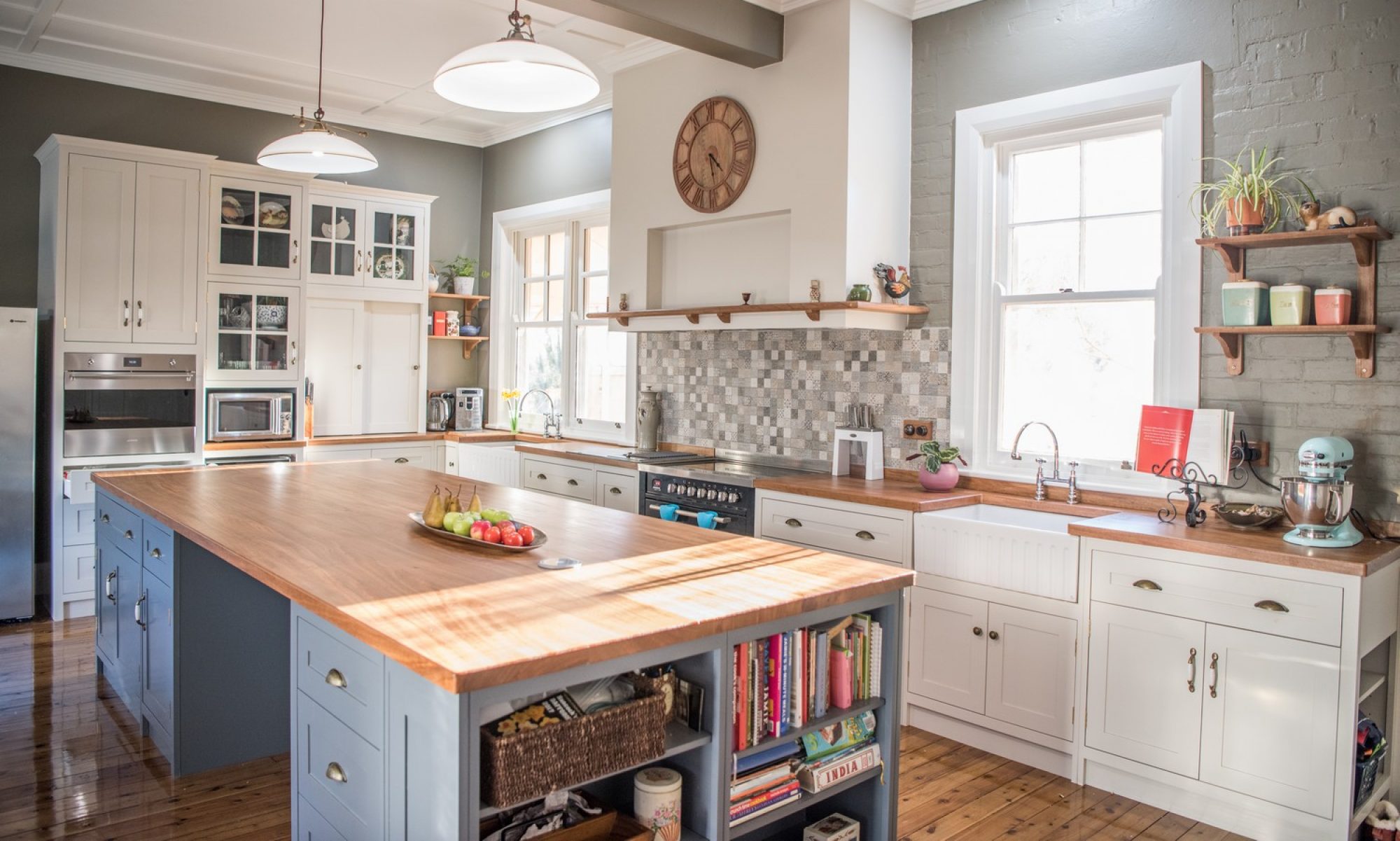Double Glazing can make a drastic improvement in thermal comfort when compared to single glazing, however, can the same be said for Triple Glazing? Let’s consider a few things and determine if Triple Glazing is truly worth the extra expense.

Cost of timber
We typically manufacture doors and windows from 50mm thick Accoya, allowing us to get a finished thickness of 45mm. This gives us enough room for a 34mm rebate which permits double glazing. To move up to Triple Glazing, we need a rebate of 50mm. To achieve this, we need a finished thickness approximately 65mm, which can be machined from 75mm thick timber. Thus, there is approximately 50% more cost in timber.
Cost of Glazing
Triple Glazing Units start at approximately 50% more than double Glazed. So, this means that aside from the cost of timber, there is also more cost to be accounted for in the glazing itself.
Performance
Finally, the big one, thermal performance. Ultimately, we want to achieve maximum thermal efficiency to reduce ongoing heating and cooling costs. However, the minor improvement in thermal performance for Triple Glazing may be less than you think.
For this purpose, we can compare glazing options for a 900 H x 600 W Stormsafe Casement Window.
When we run a simulation for this window with 4mm Clear Float Single Glazing, we return a U Value of 3.8 and SHGC of 0.51.
For this same unit in Double Glazing (4 Clear-10 Argon-4 Clear) we return a U of 2.10 and SHGC of 0.45.
Now, it gets interesting when we utilize Lightbridge Double Glazing (4 Clear – 10 Argon – 4 Clear Low E) and return U 1.56, SHGC 0.35. These values are quite impressive and achieved with affordable Double Glazing.
Finally, we can look at an entry level Triple Glazing option (4 Clear – 12 Argon – 4 Clear – 12 Argon – 4 Clear), for which we see a U of 1.65 and SHGC of 0.41 and if we upgrade this to incorporate a Low E coating, we get a U of 1.39 and SHGC of 0.32.
Our Recommendation
The performance values we can achieve with Lightbridge DGUs are better than entry level Triple Glazing, and at a fraction of the price. This option is suitable for harsh climates throughout Australia. We recommend Lightbridge Double Glazing as the best return-on—investment for glazing. Triple Glazing with Low E coating can perform slightly better than Lightbridge Double Glazing, but the performance increase is not near as significant as the cost increase.
For more info, contact us.



















